Nick Sandmann, a junior at Covington Catholic High School and the teenager whose face has been plastered all over Twitter, Facebook, and every media outlet in the country since Friday, has issued a statement to the press about that afternoon’s events.
Sandmann has been doxxed, threatened, and called all manner of insulting and derogatory terms since the video showing a Native American veteran banging on a drum inches from his face went viral. In the statement, which Jake Tapper tweeted Sunday evening, Sandmann claims that his parents have also received death and professional threats, and that he issued the statement because he “will not stand for this mob-like character assassination of my family’s name.”
Just in: Statement of Nick Sandmann, Covington Catholic High School junior, about the event at the Lincoln Memorial: pic.twitter.com/PkuMh2cVZM
— Jake Tapper (@jaketapper) January 20, 2019
After being called names by another group (not the Native American group, as Streiff covered earlier today), Sandmann said the students asked a chaperone if they could chant some of their school spirit cheers to drown out the “hateful comments” they were receiving from the Black Hebrew Israelites. After a few minutes of chanting the students were approached by the Native American protester.
“The protestor everyone has seen in the video began playing his drum as he waded into the crowd, which parted for him. I did not see anyone try to block his path. He locked eyes with me and approached me, coming within inches of my face. He played his drum the entire time he was in my face.”
That would explain why Sandmann didn’t move for Phillips. If Phillips was approaching Sandmann to communicate with him, wouldn’t it have been rude for Sandmann to turn and walk away?
“I never interacted with this protester. I did not speak to him. I didn’t make any hand gestures or other aggressive moves. To be honest, I was startled and confused as to why he had approached me. We had already been yelled at by another group of protestors, and when the second group approached I was worried that a situation was getting out of control where adults were attempting to provoke teenagers.”
His intent was not to mock or belittle Phillips or the other Native Americans, but to diffuse the situation and bring a peaceful resolution.
“I believed that by remaining motionless and calm, I was helping to diffuse the situation. I realized that everyone had cameras and that perhaps a group of adults was trying to provoke a group of teenagers into a larger conflict. I said a silent prayer that the situation would not get out of hand.
“I never felt that I was blocking the Native American protester. He did not make any attempt to go around me. It was clear to me that he had singled me out for a confrontation, although I am not sure why.”
About that smile, or smirk, or sneer (depending upon who’s description you believe):
I was not intentionally making faces at the protester. I did smile at one point because I wanted him to know that I was not going to become angry, intimidated, or be provoked into a larger confrontation.
The incident ended, Sandmann said, when a teacher informed the group that the buses had arrived. Sandmann made his way to the bus, feeling like he had calmly handled what could have been a difficult situation.
Sandmann and his classmates were not intending to stir up any conflict with the other groups that were at the Lincoln Memorial and had no knowledge of what they might have been protesting or what their cause was. Sandmann said he “harbors no ill will” for Phillips and respects his right to chant on the steps of the Lincoln Memorial “any day of the week.”


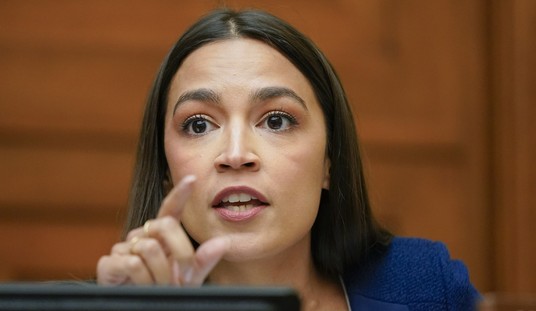
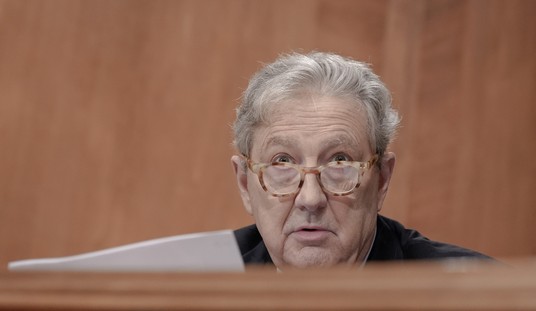
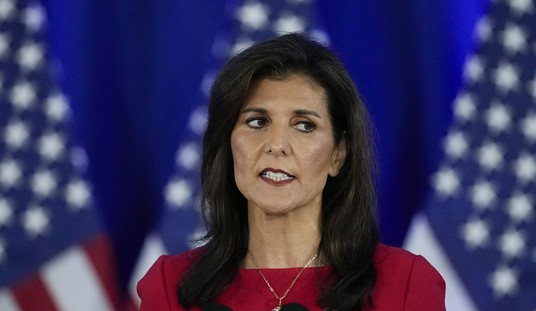

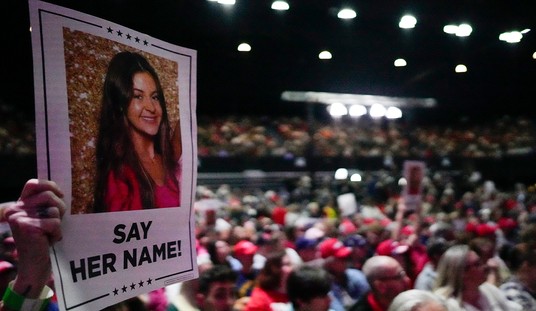
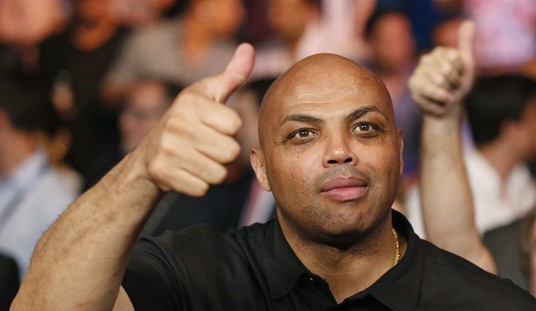


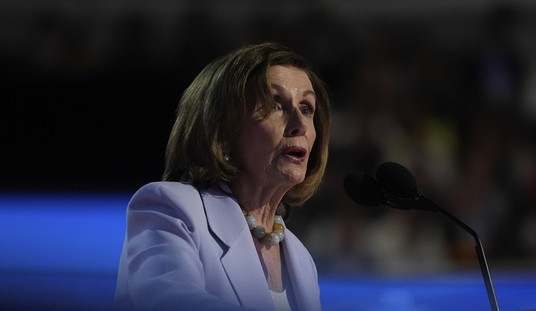
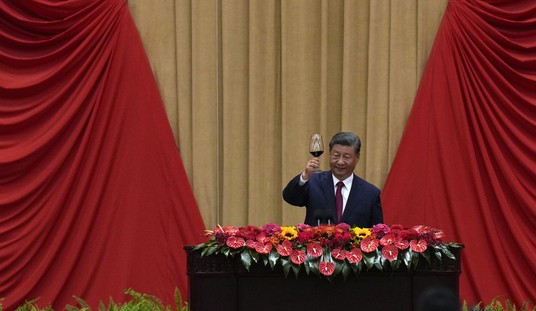
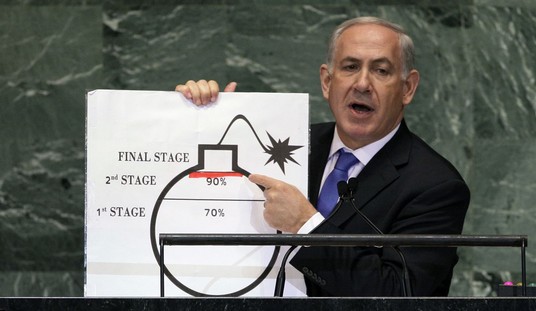
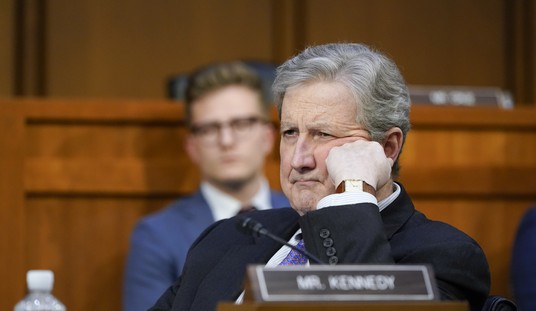
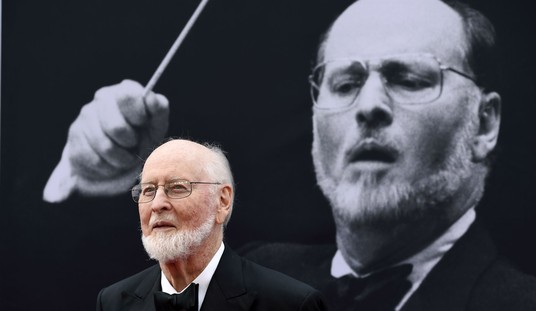
Join the conversation as a VIP Member